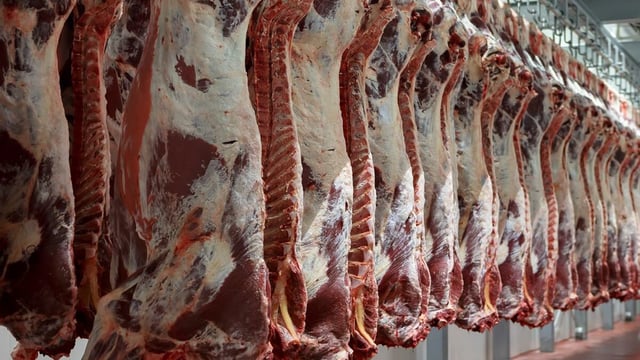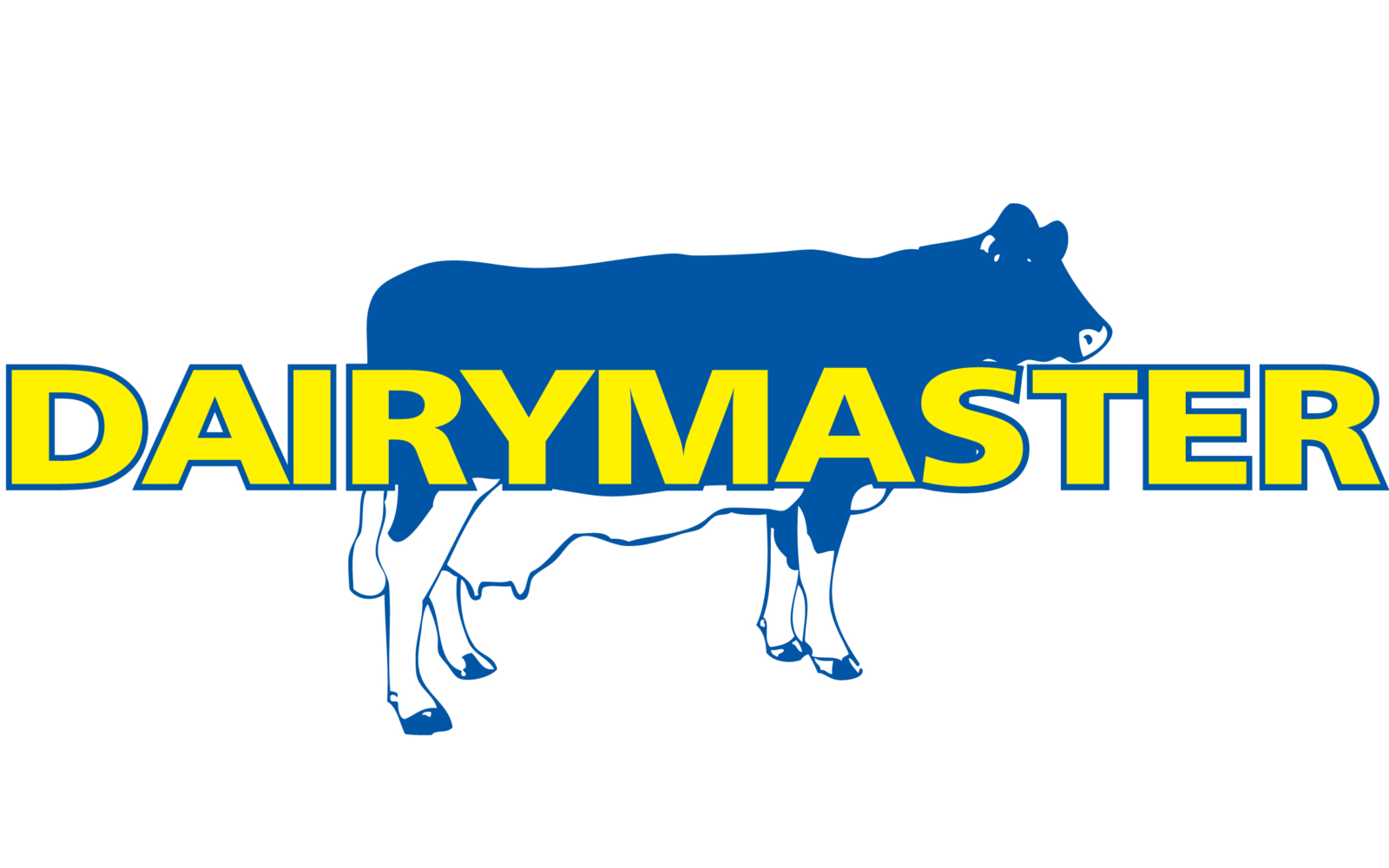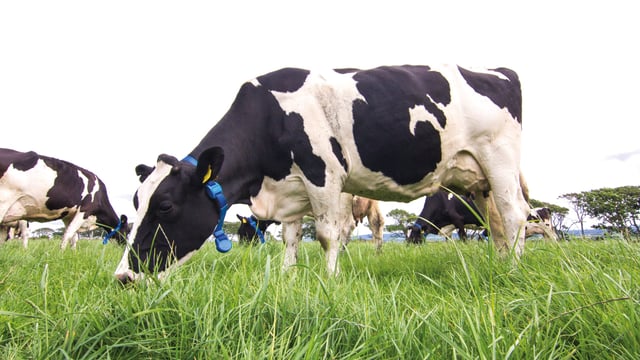Significance of high quality calf nutrition highlighted during webinar
Supplying high quality calf nutrition is an essential part of the ‘optimal environment’ required to maximise performance levels for calves in early life.
This was among the key messages delivered during a webinar organised by SAC Consulting.
The management of calves during their first few weeks of life will have a significant impact on their lifetime production and long-term profitability.
Farmers should ensure that calves receive sufficient quantities of high quality colostrum within the first three hours of life.
Maximising calf growth rate in early life is crucial, as it is when the calf is at its most efficient. Ensuring that they get a smooth transition from milk to solids is vital for optimal rumen development.
Calf nutrition during pre-weaning period needs to be a careful balance of achieving adequate growth rates, while balancing milk intake with rumen development to get the calf weaned successfully.
Dr. Lorna MacPherson of SAC Consulting discussed product labels and what farmers should consider when choosing a milk replacer.
“There will be a number of different ways with ingredients of varying quality that you can make up a 24% protein, 20% oil and calf milk replacer,” she said.
Dr. MacPherson added: "You get what you pay for. If you're looking at the same sort of spec of product and one's a lot cheaper than the other - the clues as to why, will be in the list of ingredients."

"It is worth checking the fibre content, as ideally this should be less than 0.15%. The higher the fibre, the more vegetable protein sources will be included at the expense of milk protein sources," she said.
Among the conversation was highlighting the importance of weighing out the correct amount of mixing, especially if you are changing products where density may be different.
Dr. MacPherson also discussed the impact of high osmolality milk replacers and said that it is something farmers should be aware of, as it can lead to dehydration and scours.
"This shouldn't be confused with feeding high levels of milk, which can cause looser faeces but not necessarily a nutritional scour," she added.
When it comes to the recommended feeding levels, Dr. MacPherson told attendees that the "recommendations by the Agriculture and Horticulture Development Board (AHDB) are now to feed between 15 to 20% of body weight in terms of volume of milk".
Dr. MacPherson went on to say that there's a lot of research available that supports feeding higher levels of milk to not only improve growth rates and calf health, but also milking performance in the first lactation.
Dr. Jessica Cooke of Volac Milk Replacers Limited spoke about the importance of quality pre-weaning calf nutrition.
“We know that heifers with good growth rates, together with good fertility, as well as being bred at the right time, are those most likely to calf for the first time at 24-months-of-age, with 85 to 90% of their mature body weight," she said.
Dr. Cooke went on to talk about how a heifer at this age of calving will have better fertility, produce more milk, have better udder health, and have the best survival with all of those traits combining to drive lifetime daily yield.
"It's the animals with the highest lifetime daily yields that are going to be the most profitable and bring with it an environmental benefit in terms of lowering the carbon footprint per litre of milk,” she added.

Dr. Cooke recommended feeding calves a milk replacer based on either concentrated whey protein, or one based on a high level of good quality skim.
“Research work at AFBI (Agri-Food and Biosciences Institute) Hillsborough highlighted that well formulated, high quality milk replacers with either skim milk powder (at above a 40% inclusion level) or concentrated whey protein as the major source of dairy protein, both deliver comparable animal performance," she outlined.
Dr. Cooke concluded that this research confirms that high quality early life nutrition pays dividends and encouraged all calf rearers to be more discerning over calf milk replacer choice for rearing their milking herd replacements.
“The key is to evaluate value for money carefully when purchasing a calf milk replacer. Always go behind the label and ask your usual supplier key questions. Above all, look for a proven track record of performance,” Dr. Cooke added.





